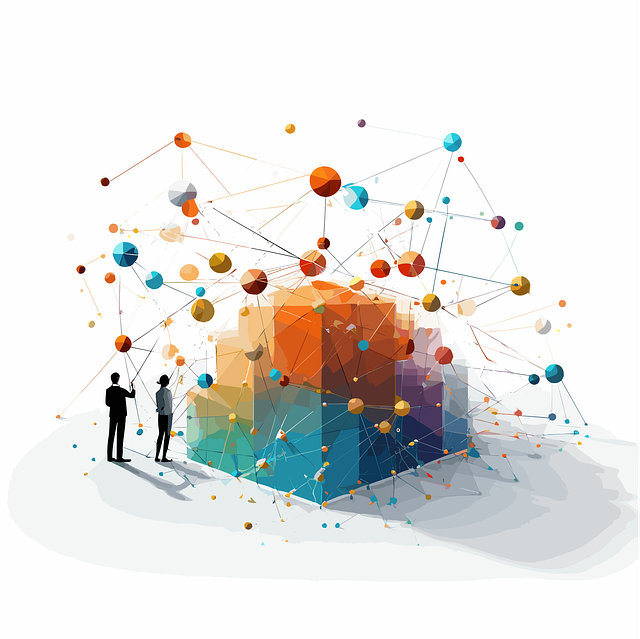AI is revolutionizing predictive plant health analytics in agriculture, leveraging machine learning and vast datasets to detect stress, diseases, and nutrient deficiencies early. Through real-world feedback integration (AI upsell response rate analysis), AI models refine themselves based on data from soil sensors, weather patterns, historical yield records, and more. Customized predictive models for specific plants, growth stages, and conditions enhance decision-making, optimizing resource allocation and maximizing crop productivity while reducing waste, lowering costs, and promoting sustainability.
“The future of agriculture is here with AI landscaping, revolutionizing plant care and yield potential. This article explores how Artificial Intelligence (AI) predictive analytics is unlocking valuable insights into plant health, enhancing crop management. We delve into two key aspects: ‘Unlocking Plant Health Insights’ and ‘Enhancing Crop Yield’. By analyzing data through AI response rate analysis, farmers can make informed decisions, improving overall productivity and sustainability. Discover how AI’s power upsells traditional practices, offering a transformative approach to modern farming.”
- Unlocking Plant Health Insights: AI's Role in Predictive Analytics
- Enhancing Crop Yield and Quality: The Power of AI-Driven Response Rate Analysis
- Revolutionizing Agriculture: AI Landscaping for Better Plant Care
Unlocking Plant Health Insights: AI's Role in Predictive Analytics

AI has revolutionized predictive plant health analytics, unlocking valuable insights that traditional methods struggle to achieve. By leveraging machine learning algorithms and vast datasets, AI can identify patterns indicative of plant stress, diseases, or nutrient deficiencies long before visible symptoms emerge. This early detection capability is a game-changer in agriculture, enabling proactive interventions and minimizing crop losses.
Through response rate analysis, AI can upsell the efficiency of predictive models by continuously refining its understanding based on real-world feedback. By integrating data from various sources—soil sensors, weather patterns, historical yield records, and more—AI algorithms can build highly accurate predictive models tailored to specific plant species, growth stages, and environmental conditions. This level of customization enhances decision-making processes, optimizing resource allocation and maximizing crop productivity.
Enhancing Crop Yield and Quality: The Power of AI-Driven Response Rate Analysis

In today’s digital era, AI landscaping predictive plant health analytics is revolutionizing agriculture. By leveraging advanced machine learning algorithms, AI systems can analyze vast amounts of data from sensors and satellites to predict plant health accurately. This technology allows farmers to take proactive measures, ensuring optimal growing conditions for their crops. For instance, AI can detect early signs of stress or disease, enabling timely interventions that enhance crop yield and quality.
The power of AI upsell response rate analysis lies in its ability to personalize agricultural practices. By understanding the unique needs of each plant or area, farmers can apply resources more efficiently. This precision approach reduces waste, lowers costs, and ultimately contributes to sustainable farming practices. As AI continues to evolve, its integration into landscaping and agriculture promises even greater benefits, fostering a vibrant and productive food system.
Revolutionizing Agriculture: AI Landscaping for Better Plant Care

In today’s digital era, Artificial Intelligence (AI) is revolutionizing agriculture with its predictive capabilities and advanced analytics. By leveraging AI landscaping, farmers can gain valuable insights into plant health and optimize their care strategies. This technology goes beyond traditional methods by offering a comprehensive view of soil conditions, weather patterns, and plant behavior, enabling precision agriculture.
AI upsell response rate analysis plays a crucial role in this process. By analyzing large datasets, AI algorithms can predict potential issues before they occur, such as nutrient deficiencies or pest infestations. This proactive approach enhances crop yield, reduces waste, and ultimately improves overall plant health. With AI-driven landscaping, farmers can make data-backed decisions, ensuring their plants receive the best possible care.
AI is transforming agriculture through predictive plant health analytics, unlocking insights, enhancing crop yield and quality, and revolutionizing landscaping. By leveraging AI-driven response rate analysis, farmers can make data-informed decisions that optimize resource allocation and maximize returns. This technology offers a powerful upsell opportunity, enabling more efficient and sustainable farming practices. Embracing AI in agriculture is not just a trend; it’s a game-changer with the potential to shape the future of food production.
